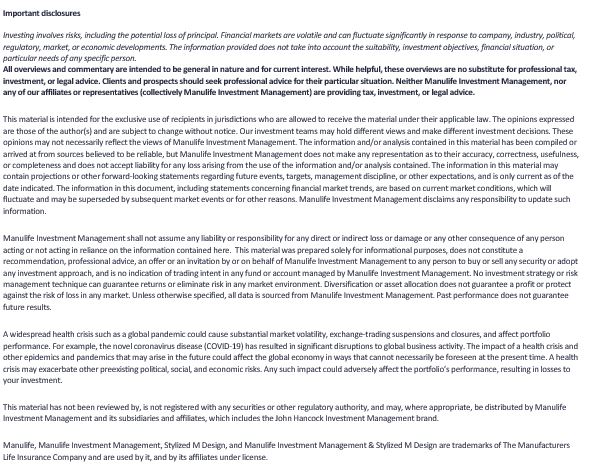
What are economic indicators?
Have you ever wondered how financial experts make their assumptions of how the economy is likely to perform over a certain time period? Where do they get their information from, is it reliable and how can it help predict what might happen in the future?
Analysts have a range of economic data at their disposal that, when pieced together appropriately, can help them take the temperature of an economy and calculate what might happen next. The size of an economy fluctuates as the level of goods and services produced and consumed by its population changes. These data sets, collectively known as economic indicators, reflect those changes and help analysts define whether an economy is growing or contracting over time.
Examples of economic indicators
While any piece of data could in theory used as an economic indicator, there are several specific pieces of government data that are widely used. These include: the Gross Domestic Product (GDP), the Consumer Price Index (CPI), the Producer Price Index (PPI), unemployment, the stock market, crude oil prices, interest rates, balance of trade and currency strength.
These economic indicators can be described in three ways: Leading, coincident, and lagging, with each being used in different ways.
Leading economic indicators are data sets that tend to move or alter before changes in the economy arise. They include the yield curve, share prices and consumer durables and can be used by analysists to assess what might be around the corner. Unsurprisingly, this means leading indicators are most popular with investors, although it’s worth noting that no indicator offers certainty.
Coincident economic indicators provide analysts with real-time data, offering a snapshot of how an economy is operating in the present moment. They include data sets such as GDP, employment levels and retail sales. Although coincident indicators offer the clearest insight into what’s actually happening, they can be less helpful to investors as the economic situation has already changed.
Lagging economic indicators include gross national product, CPI, unemployment rates and interest rates, and changes in data are only apparent after a change in the economy occurs. For obvious reasons, these are perhaps the least useful data indicators, but they are still used by many governments and institutions to help them identify patterns that might be recognizable if and when similar events occur again. For example, the unemployment rate indicates the changes that have already affected the economy.

Most widely used economic indicators
In all likelihood, you’ve heard about many of the most popular economic indicators. GDP, for example, is one of the most important and popular ones, as it provides the clearest indication of an economy’s overall health. GDP considers the value of goods and services produced during a given period and includes household consumption, government expenditure and exports (inflation). Helpfully, every country in the world uses GDP as an economic measure, aside from the Kingdom of Bhutan, which instead relies on the Gross National Happiness index.
The Consumer Price Index, which tracks changes in the prices of goods and services in a given country, is another popular indicator. Since prices tend to adjust after economic shifts, CPI is a lagging indicator. Consumer confidence, retail sales, stock prices and unemployment rates are some of the other indicators you may have heard of.
The pros and cons of economic indicators
Economic indicators are no crystal ball, and they should never be seen as a guarantee. As Manulife Investment Management’s own Global Chief Economist Frances Donald says: “There’s a lot of science in economics, but there’s also an element of art. We are in the business of predictions, and we have to make assumptions in order to develop these forecasts… So, as an economist, you begin with a rich history of models and correlations. But we also need to constantly question whether our correlations and our models are fit for today’s economy.”
So, when analyzed correctly, economic indicators can offer valuable insight for investors. And with the majority of them relying on data collected at regular, fixed intervals by government agencies, they are generally accurate and reliable.
![]()

